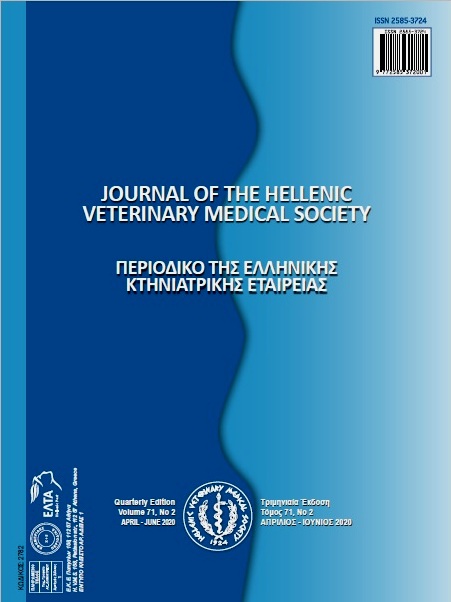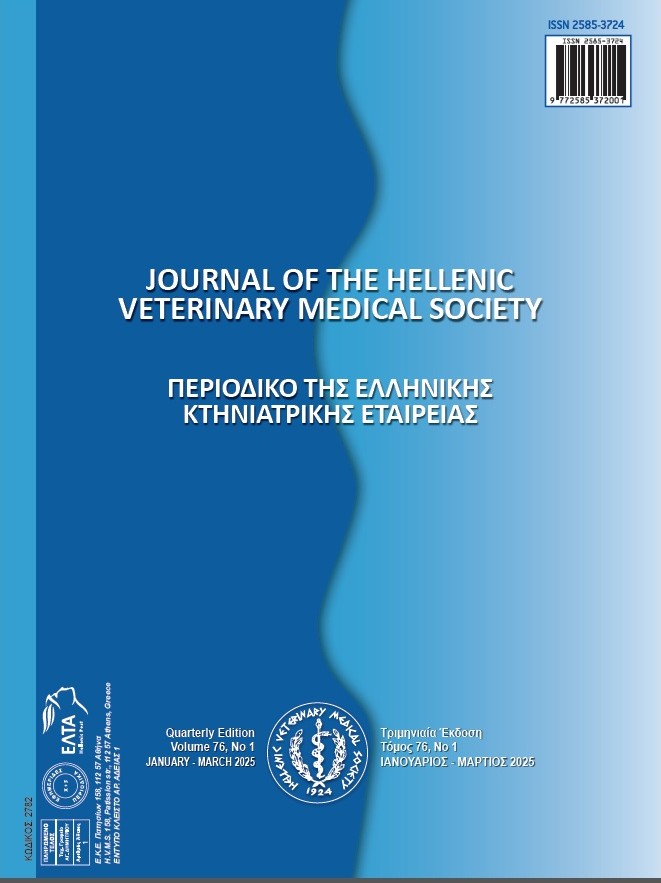Investigation of antimicrobial resistance in pigeons (Columba livia domestica) using indicator bacteria
Resumen
The aim of this study was to determine the prevalence of antibiotic resistance as well as presence of resistance-associated genes in Escherichia coli and Enterococcus spp. strains isolated from pigeons. One hundred and fifty cloacal swabs were collected from apparently healthy pigeons in Hatay, Turkey, between March 2014 and June 2014. Antimicrobial susceptibilities of the isolates were tested with disc diffusion method, and resistance genes were investigated by polymerase chain reaction (PCR). E. coli were isolated from 94.7% (142) of the examined cloacal swab samples. E. coli isolates revealed higher resistance rates to tetracycline (51.4%) and ampicillin (50%), followed by
nalidixic acid (19.7%), streptomycin (12.7%), amoxycillin-clavulanic acid (15.5%), trimethoprim-sulfamethoxazole (10.6%), cephalothin (7.0%), ciprofloxacin (6.3%), kanamycin (4.9%), gentamicin (4.2%), tobramycin (4.2%), ceftazidime (4.2%), cefotaxime (4.2%), chloramphenicol (2.8%), aztreonam (2.8%), and cefoxitin (0.7%), respectively. Twentyeight (%19.7) E. coli isolates were susceptible to all tested antimicrobials. A total of 136 (90.7%) Enterococcus spp. were isolated and species distribution of the isolates was determined by species-specific PCR. The isolates were identified as 64 (47.1%) E. hirae, 17 (12.5%) E. faecium, 8 (5.9%) E. faecalis, 4 (2.9%) E. columbea, and 2 (1.5%) E. durans. The rest of the isolates (30.1%) were identified as Enterococcus spp. with the used primers. Enterococcus spp. were resistant to tetracycline (67.6%), erythromycin (23.5%), rifampicin (17.6%), chloramphenicol (6.6%) and ciprofloxacin (5.9%). By contrast, 38 (27.9%) Enterococcus spp. were sensitive to all tested antimicrobials. The data obtained in the study showed that pigeons were carriers of antimicrobial resistant E. coli and Enterococcus spp. in their intestinal microbiota, and may pose public health risk due to not only transmission of these resistant bacteria to humans but also contamination of the environment. The current status of antimicrobial resistance in different animal species should be continuosly monitored and control measures should also be taken.
Article Details
- Cómo citar
-
ASLANTAŞ, Ö, & GÖVCE, N. (2020). Investigation of antimicrobial resistance in pigeons (Columba livia domestica) using indicator bacteria. Journal of the Hellenic Veterinary Medical Society, 71(2), 2095–2106. https://doi.org/10.12681/jhvms.23632
- Número
- Vol. 71 Núm. 2 (2020)
- Sección
- Research Articles

Esta obra está bajo una licencia internacional Creative Commons Atribución-NoComercial 4.0.
Authors who publish with this journal agree to the following terms:
· Authors retain copyright and grant the journal right of first publication with the work simultaneously licensed under a Creative Commons Attribution Non-Commercial License that allows others to share the work with an acknowledgement of the work's authorship and initial publication in this journal.
· Authors are able to enter into separate, additional contractual arrangements for the non-exclusive distribution of the journal's published version of the work (e.g. post it to an institutional repository or publish it in a book), with an acknowledgement of its initial publication in this journal.
· Authors are permitted and encouraged to post their work online (preferably in institutional repositories or on their website) prior to and during the submission process, as it can lead to productive exchanges, as well as earlier and greater citation of published work.





